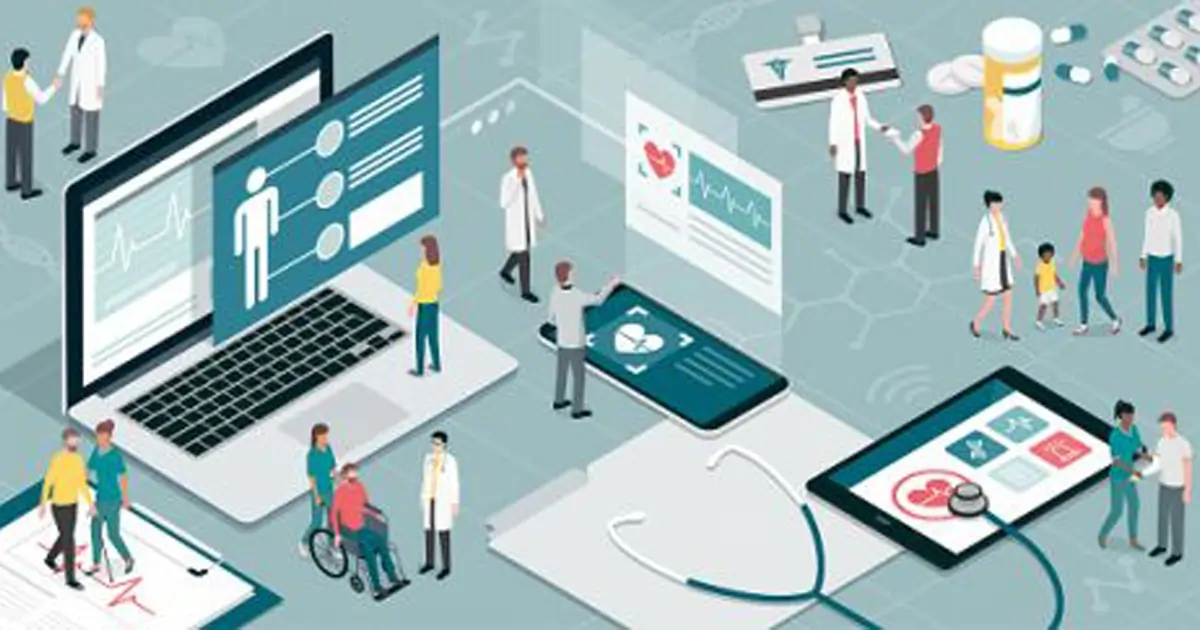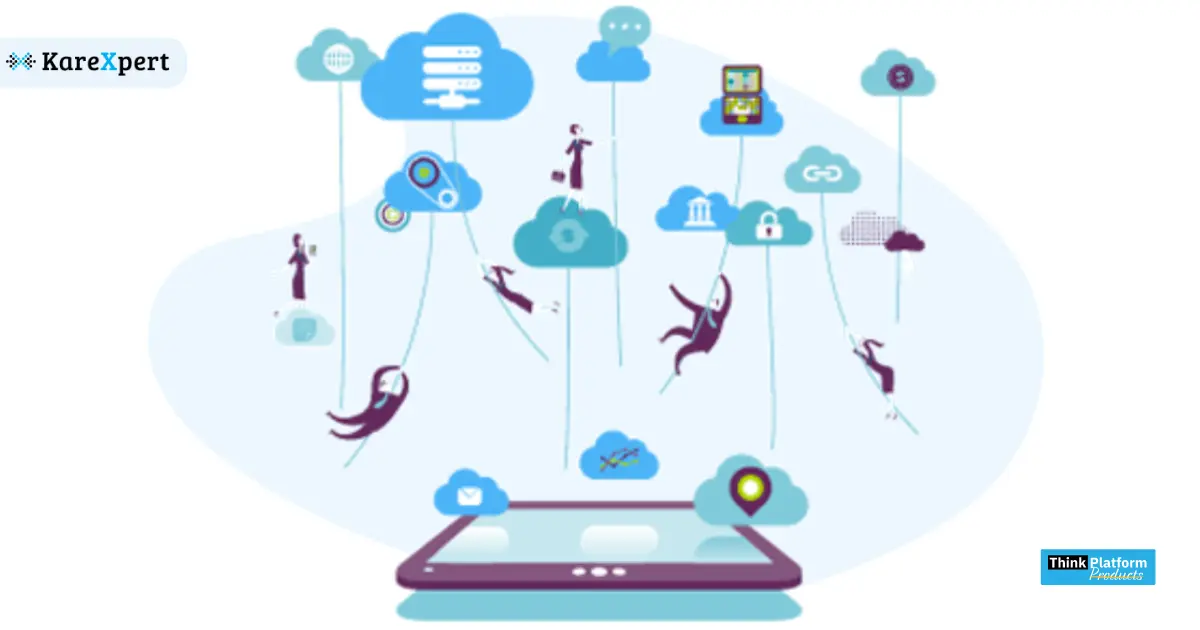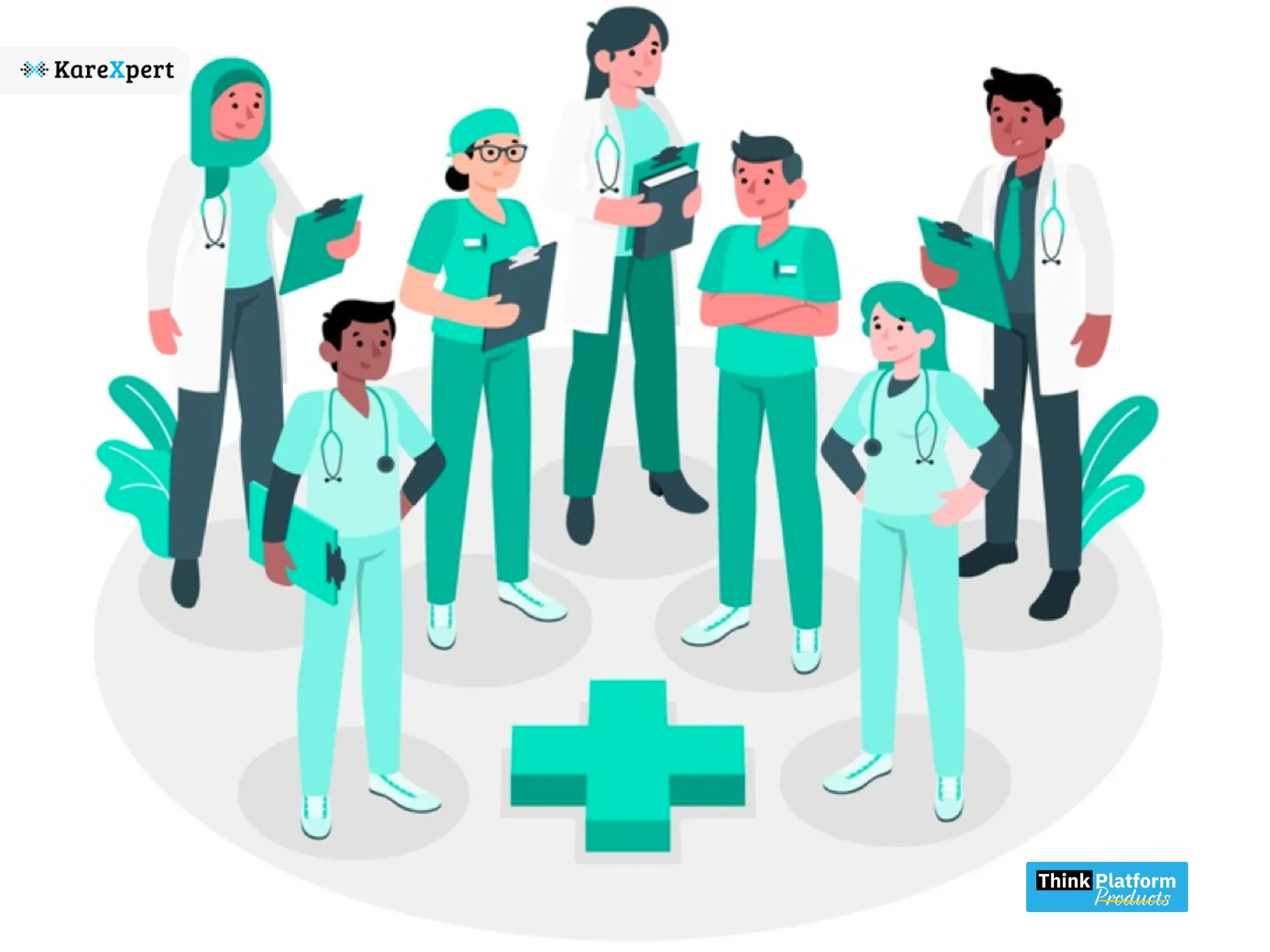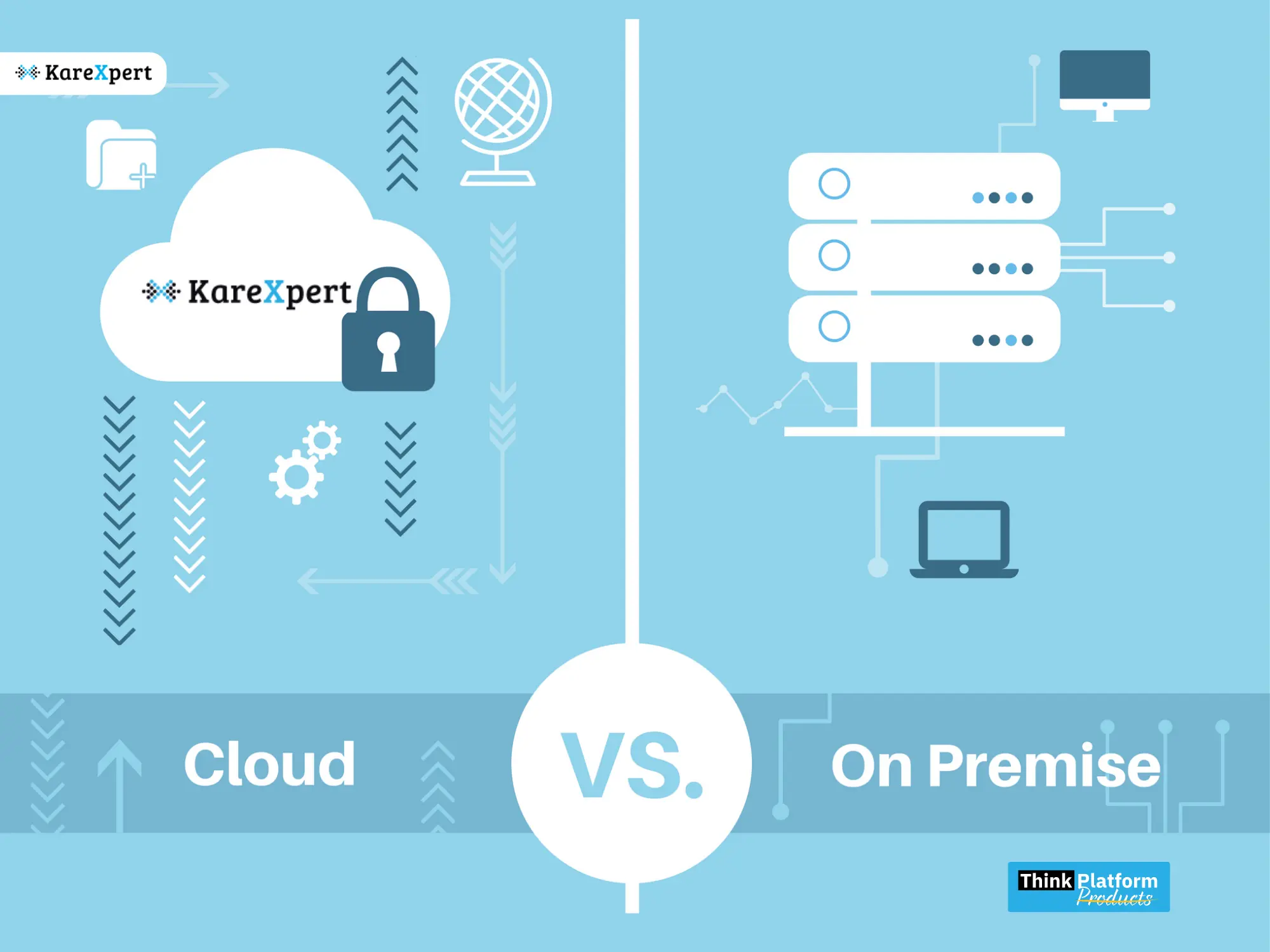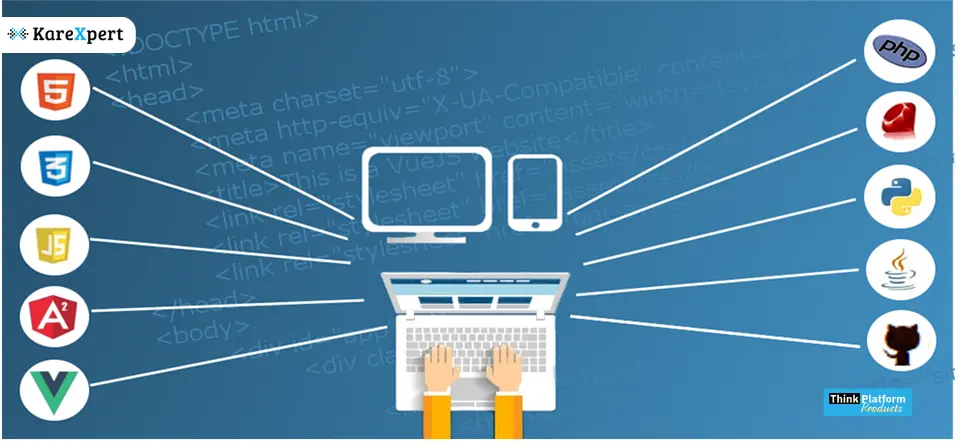Detailed Introduction of Hospital Management System (HMS)
Hospital Management System is a system enabling hospitals to manage information and data related to all aspects of healthcare – processes, providers, patients, and more, which in turn ensures that processes are completed swiftly and effectively. When one thinks of the various aspects and departments of a hospital, it becomes

